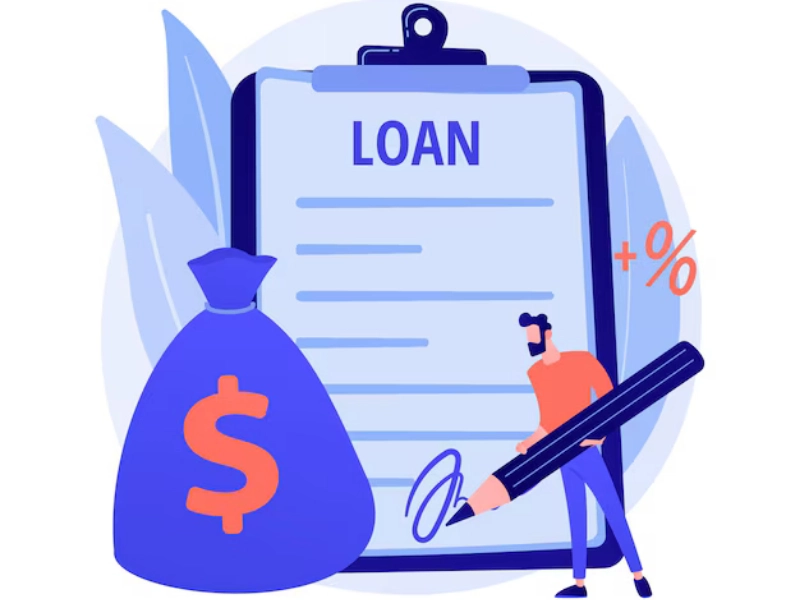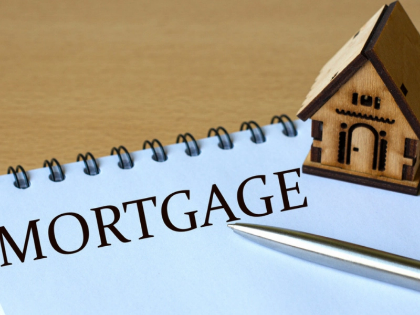Smart Financing Solutions for Homeownership
While it’s hard to find enough money to save for a down payment, there are state and local programs that offer down payment assistance. Mortgage options that include the Federal Housing Administration and USDA loans feature low down payments, and credit requirements that are less stringent than conventional mortgages.
Home Construction Loan

Home Renovation Loan
 Many homeowners choose to use a home renovation loan to help cover costs. This type of home improvement loan allows you to consolidate your renovation expenses into one mortgage payment that can fit within your budget.
Home improvement loans are different from personal loans and credit cards in that they are secured by your home equity. However, your eligibility will depend on the project scope and your financial profile.
Home renovation loan programs like the CHOICE renovation and HomeStyle renovation loans are backed by Fannie Mae. These options are similar to the FHA 203(k) rehab loan and allow you to borrow based on your home’s projected after-renovation value rather than its current value, which can boost homeowners’ borrowing power by 11x. Alternatively, a cash-out refinance is another option to consider.
Many homeowners choose to use a home renovation loan to help cover costs. This type of home improvement loan allows you to consolidate your renovation expenses into one mortgage payment that can fit within your budget.
Home improvement loans are different from personal loans and credit cards in that they are secured by your home equity. However, your eligibility will depend on the project scope and your financial profile.
Home renovation loan programs like the CHOICE renovation and HomeStyle renovation loans are backed by Fannie Mae. These options are similar to the FHA 203(k) rehab loan and allow you to borrow based on your home’s projected after-renovation value rather than its current value, which can boost homeowners’ borrowing power by 11x. Alternatively, a cash-out refinance is another option to consider.
Home Extension Loan
 If you’re looking to add space to your home, there are several financing options available. These include personal loans and contractor financing. However, the choice you make should depend on a number of factors, such as the size of your project and how much money you have saved up for the renovation.
The best option for financing your home extension may be a loan that doesn’t require a mortgage or home equity. These are called unsecured loans and offer flexible terms and repayment periods. They also usually come with lower interest rates than personal loans and credit cards. Plus, they typically qualify for tax benefits under Section 80C of the Income Tax Act. These are ideal for one-time or short-term projects. Alternatively, you can also opt for a home-equity line of credit to get a fixed amount that you pay back only when you need it.
If you’re looking to add space to your home, there are several financing options available. These include personal loans and contractor financing. However, the choice you make should depend on a number of factors, such as the size of your project and how much money you have saved up for the renovation.
The best option for financing your home extension may be a loan that doesn’t require a mortgage or home equity. These are called unsecured loans and offer flexible terms and repayment periods. They also usually come with lower interest rates than personal loans and credit cards. Plus, they typically qualify for tax benefits under Section 80C of the Income Tax Act. These are ideal for one-time or short-term projects. Alternatively, you can also opt for a home-equity line of credit to get a fixed amount that you pay back only when you need it.
Plot Loan
 The plot loan is a valuable tool for helping individuals achieve their property dreams. However, it’s important to carefully evaluate your requirements and financial situation to ensure that the loan aligns with your goals. A financial advisor or loan expert can provide valuable insights and guidance to help you find the right solution for your needs.
The eligibility criteria for a plot loan is similar to that of home loans. Financial institutions assess borrowers’ repayment capacity based on their creditworthiness, income stability, and other factors. Additionally, lenders give the plot a thorough assessment in terms of its legal status, pricing, location, seller, and other parameters. The resale value of a plot of land tends to appreciate over time, making it a sound investment option.
The plot loan is a valuable tool for helping individuals achieve their property dreams. However, it’s important to carefully evaluate your requirements and financial situation to ensure that the loan aligns with your goals. A financial advisor or loan expert can provide valuable insights and guidance to help you find the right solution for your needs.
The eligibility criteria for a plot loan is similar to that of home loans. Financial institutions assess borrowers’ repayment capacity based on their creditworthiness, income stability, and other factors. Additionally, lenders give the plot a thorough assessment in terms of its legal status, pricing, location, seller, and other parameters. The resale value of a plot of land tends to appreciate over time, making it a sound investment option.
Balance Transfer
 A Balance Transfer is a method of refinancing your existing home loan from one lender to another. This allows you to avail of a better interest rate or other benefits. However, the transfer charges may offset any savings you would make.
You can also use this to get a top-up loan for any need that may arise in the future, such as to finance renovations or repairs. Additionally, it allows you to shift to a fixed interest rate package.
When you want to make a balance transfer, check your options thoroughly and choose a lender that offers the best rates and terms. You should be sure to understand the terms of the new loan and any fees associated with it. Consider whether it is worth the extra expense to save on your mortgage payments.
A Balance Transfer is a method of refinancing your existing home loan from one lender to another. This allows you to avail of a better interest rate or other benefits. However, the transfer charges may offset any savings you would make.
You can also use this to get a top-up loan for any need that may arise in the future, such as to finance renovations or repairs. Additionally, it allows you to shift to a fixed interest rate package.
When you want to make a balance transfer, check your options thoroughly and choose a lender that offers the best rates and terms. You should be sure to understand the terms of the new loan and any fees associated with it. Consider whether it is worth the extra expense to save on your mortgage payments.









